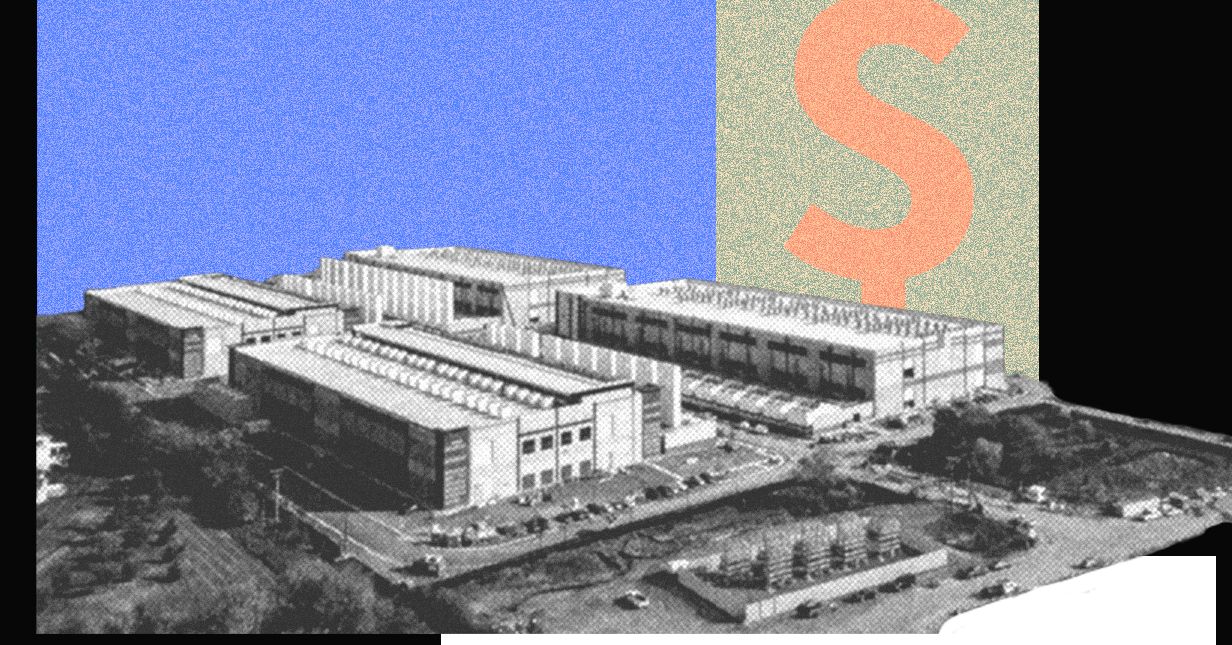
The amount of capital pouring into AI data center projects is staggering. Last week, Microsoft, Alphabet, Meta, and Amazon reported their 2025 capital expenditures would total roughly $370 billion, and they expect that number to keep rising in 2026. The biggest spender last quarter was Microsoft, which put nearly $35 billion into data centers and other investments, equivalent to 45 percent of its revenue.
Rarely, if ever, has a single technology absorbed this much money this quickly. Warnings of an AI bubble are getting louder every day, but whether or not a crash eventually happens, the frenzy is already reshaping the US economy. Harvard economist Jason Furman estimates that investment in data centers and software processing technology accounted for nearly all of US GDP growth in the first half of 2025.
Today, we’re looking at how data centers are impacting three crucial areas: public markets, jobs, and energy.
Cashing Out
The US stock market is booming, mostly thanks to AI. Since ChatGPT launched in November 2022, AI-related stocks have accounted for 75 percent of S&P 500 returns and 80 percent of earnings growth, according to JPMorgan’s Michael Cembalest. The question now is whether that growth will be sustainable as tech firms continue spending heavily on AI infrastructure.
At the start of this year, tech giants were financing their AI projects mostly with cash they had on hand. As financial journalist Derek Thompson pointed out, the ten largest US public companies kicked off 2025 with historically high free cash flow margins. In other words, their businesses were so profitable that they had billions of dollars sitting around to put towards Nvidia GPUs and data center buildouts.
That trend has largely continued through 2025. Alphabet, for example, told investors last week that its capital expenditures this year would be as much as $93 billion, an increase from its previous estimate of $75 billion. But it also reported that revenue was up 33 percent year over year. Put another way, Silicon Valley is both spending more and earning more. That means everything is fine, right?
Not exactly. For one thing, tech giants appear to be using accounting tricks to make their financials look rosier than they may really be in reality. A significant portion of AI investment flows to Nvidia, which releases new versions of its GPUs approximately every two years. But companies like Microsoft and Alphabet are currently estimating that their chips will last six years. If they need to upgrade sooner to stay competitive—a likely possibility—that could wind up eating into their profits and weaken their overall performance.
Services Marketplace – Listings, Bookings & Reviews
